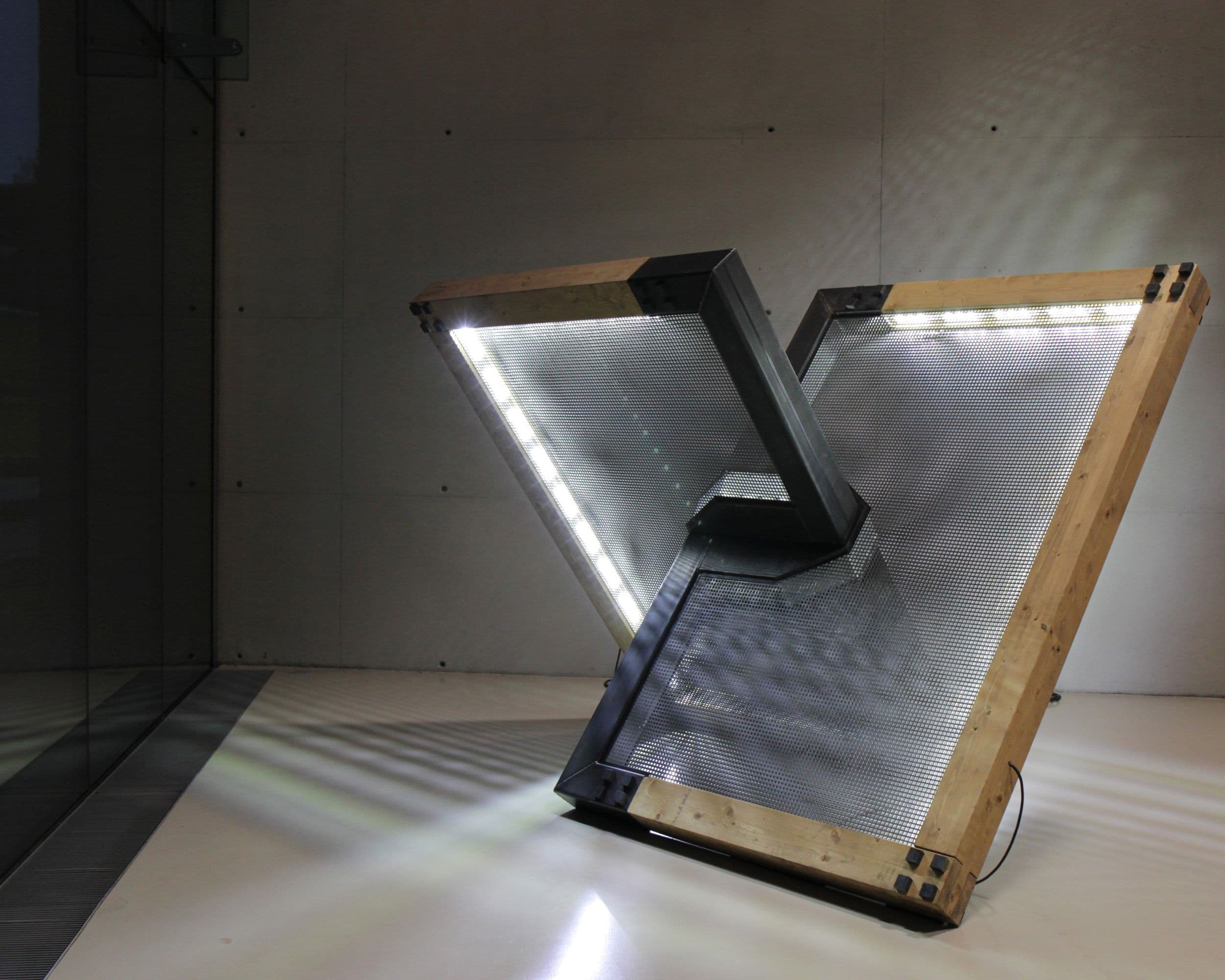
ewoLAB
ewoLAB is the continuation of the creative and design core of ewo in the experimental space, expanded by the exchange of artists, designers and architects, who thus become initiators for experimental lighting concepts.
What is ewoLAB?
Dealing with the topic of light is part of everyday life for ewo. Every day, the company develops new application-related lighting solutions for a wide variety of projects.
With ewoLAB, ewo has developed a format where artists, designers and architects can explore the topic of light from their own perspective. This laboratory is not about developing marketable products—the focus is on experimentation, a new and different approach. Each project deals with a specific topic, the path and the result are open.
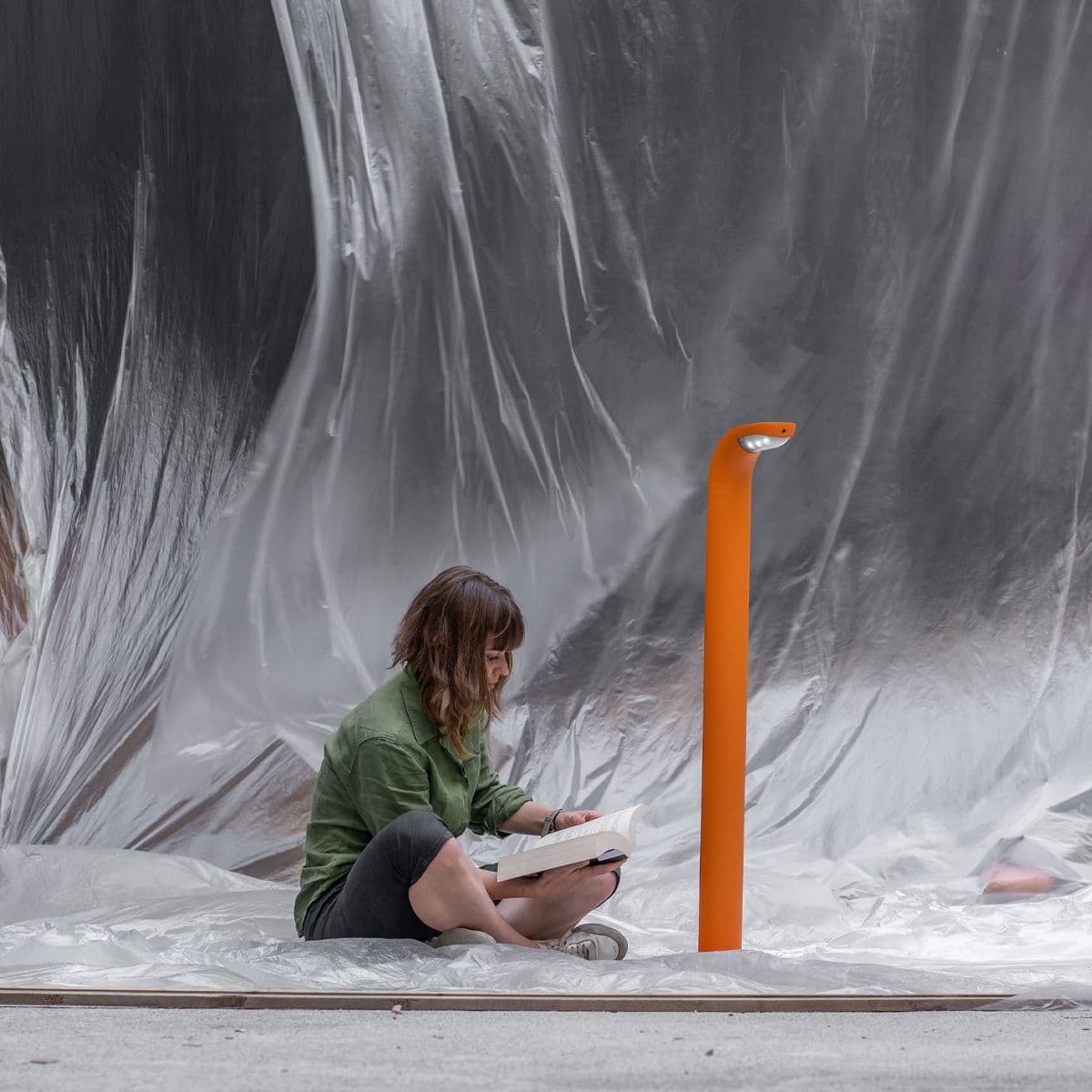
unibz+ewo l MAGIC
“Creativity and innovation thrive on different perspectives.
Hannes Wohlgemuth, CEO
Previous ewoLABS

Brecht Heytens l Functions
In partnership with Museion Bozen, ewo invited young Belgian artist Brecht Heytens to take part in ewoLAB 2017, an artist residency program.
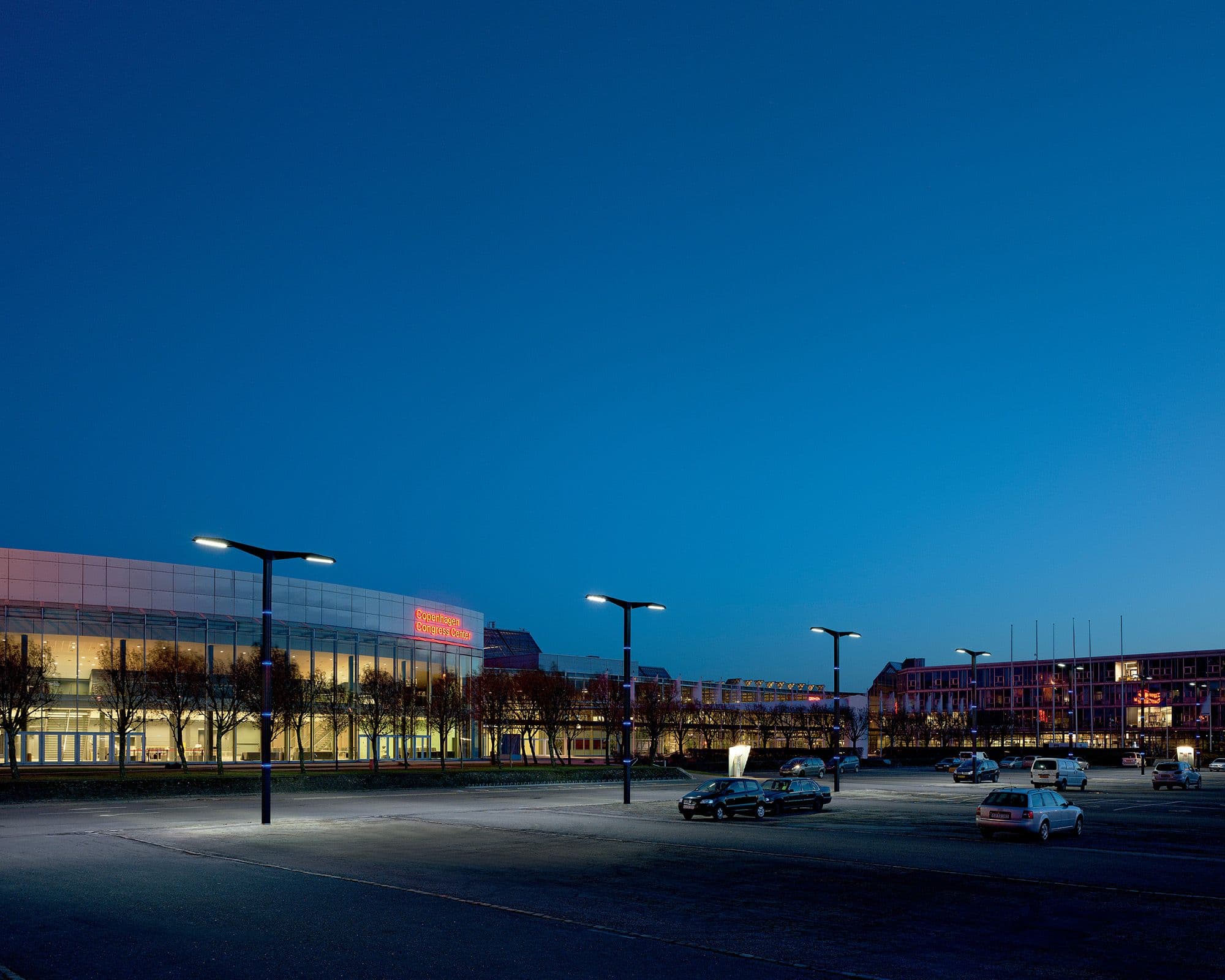
Climate Change Conference
The Danish government commissioned the design of a sustainable, CO2-neutral lighting system for the Bella Center Copenhagen.
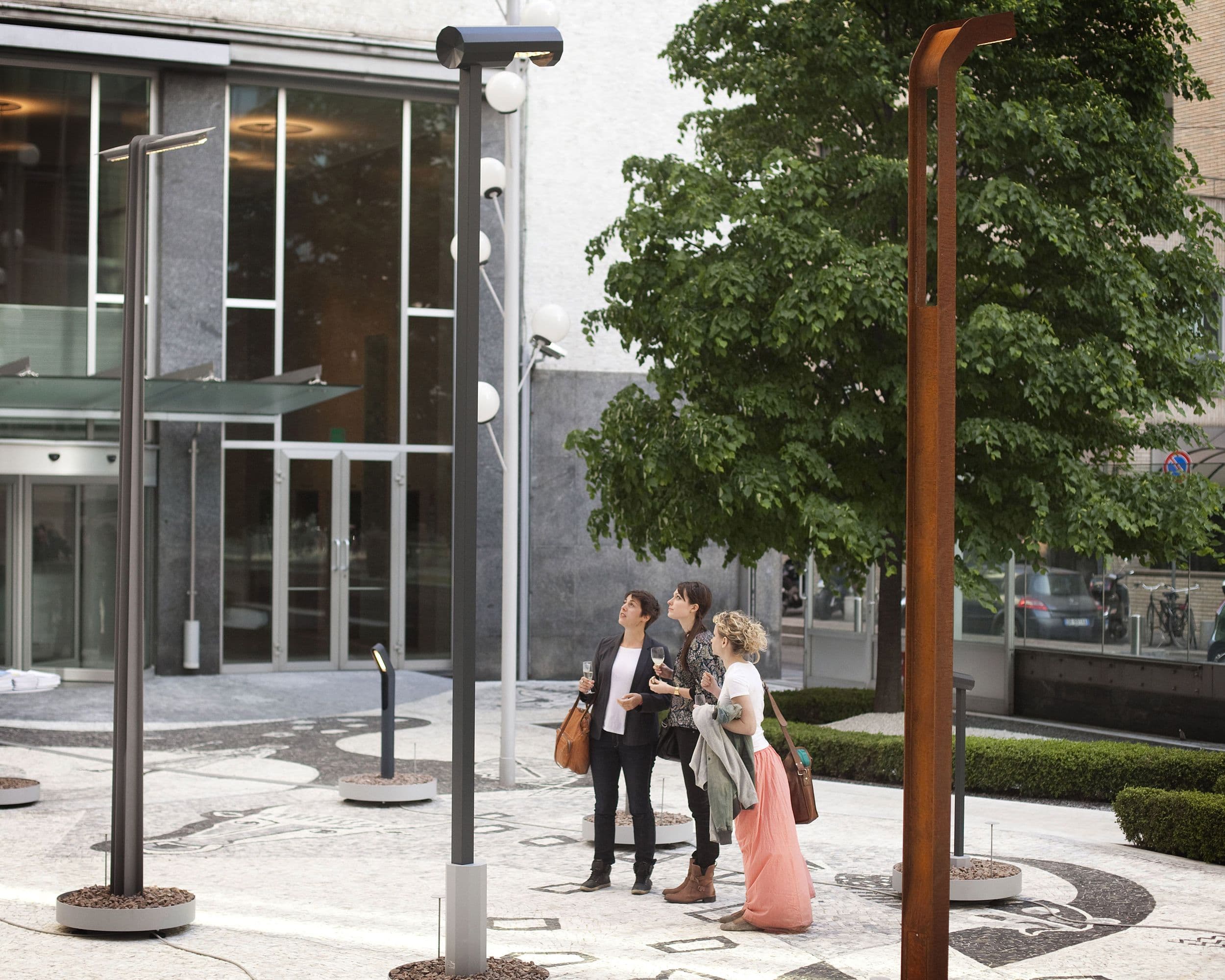
ECAL – University of Art and Design Lausanne
Students from the Master's course in Product Design at ECAL/University of Art and Design Lausanne developed new ideas for public lighting.
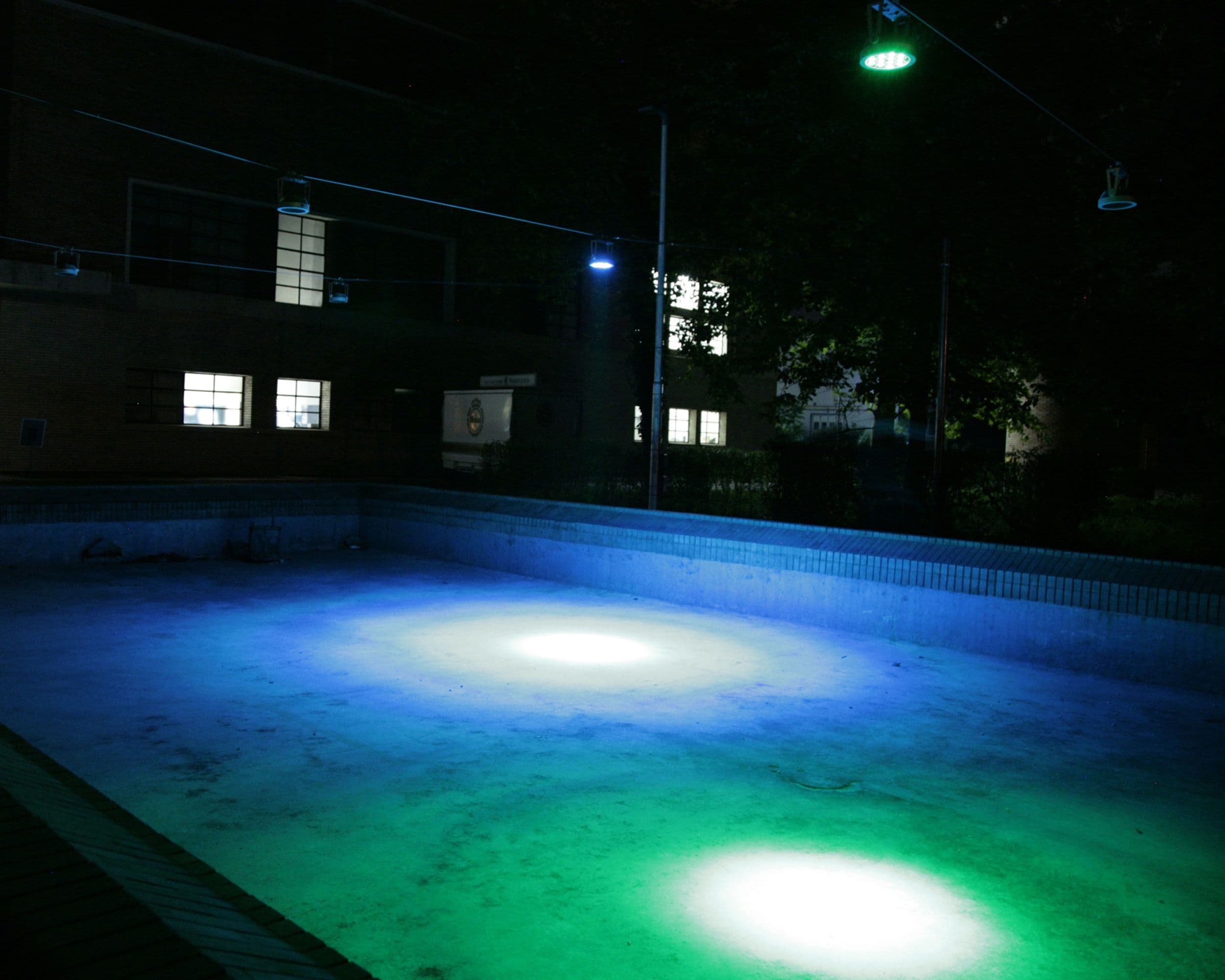
Goccia e Goccia
In the "Goccia a Goccia" project, Julian Koschwitz is primarily working with a visual reference to the topic of water.
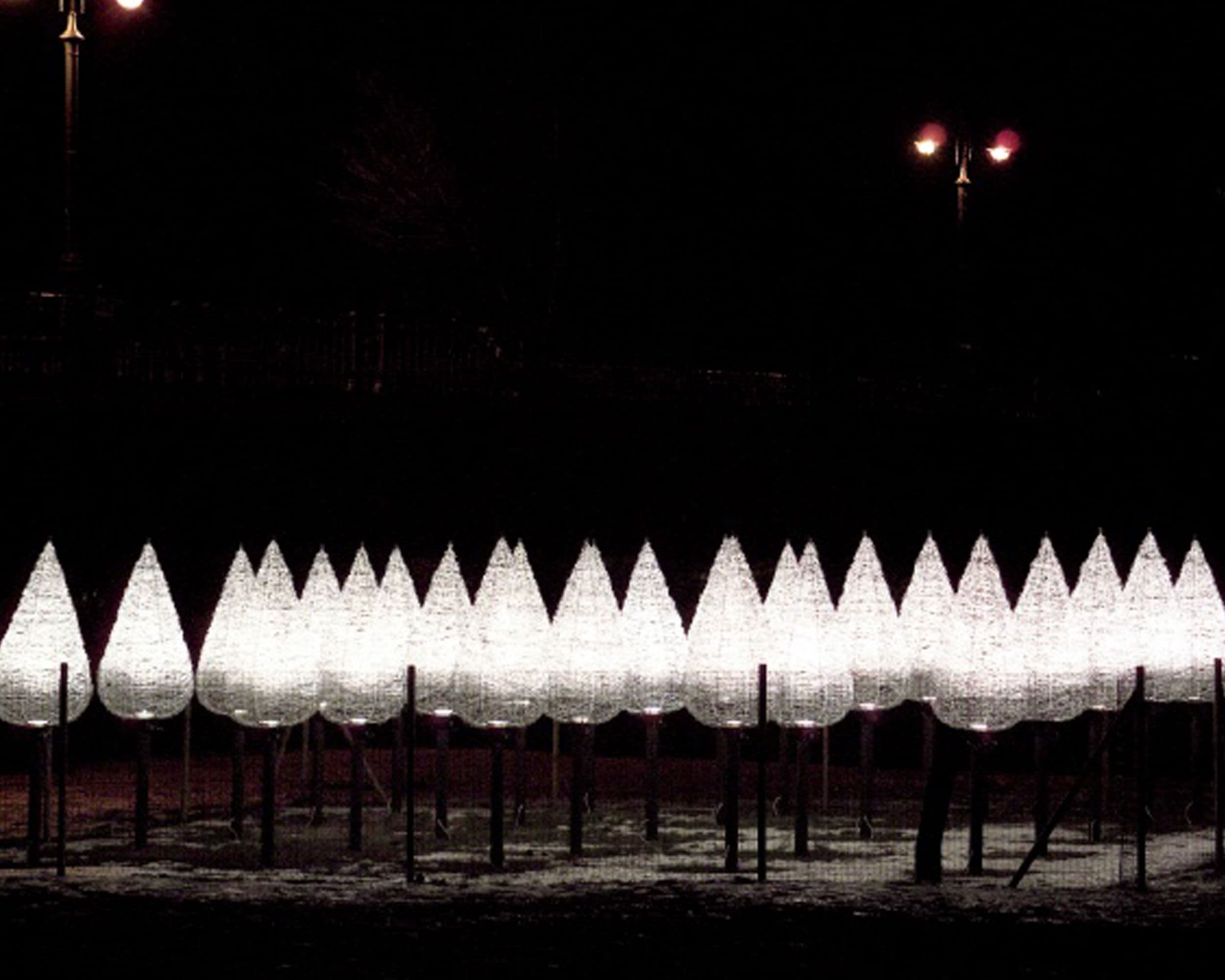
Grenzfall
Claudio Fritz-Vietta created the installation “Grenzfall” (Borderline Case) for ewoLAB as an allegory of the Christian Christmas celebration.
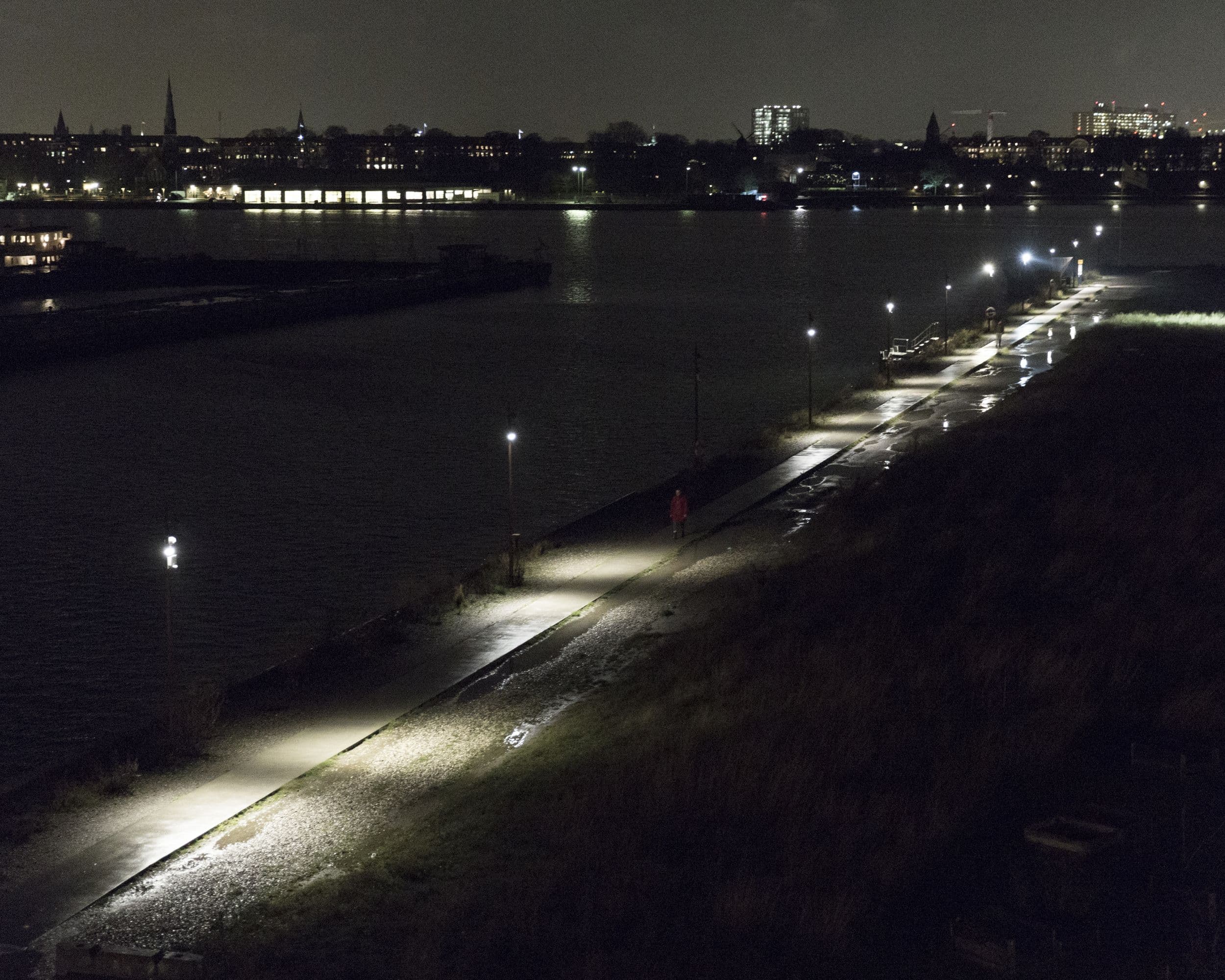
Linda Jasmin Mayer l Lightways
Linda Jasmin Mayer has developed a light installation for ewoLAB in Refshaleøen, Copenhagen, that blends discreetly into its surroundings.
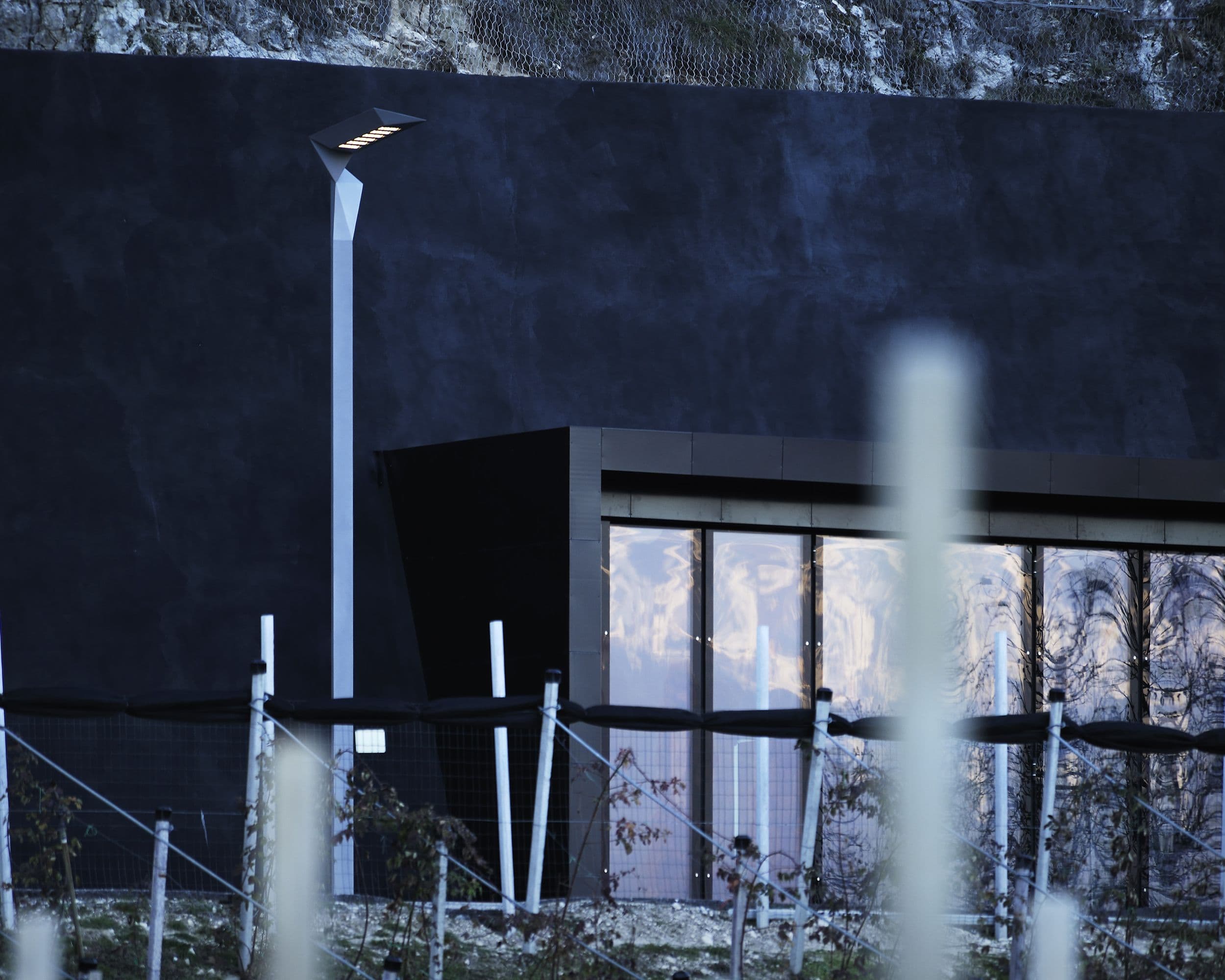
Plasma Studio l Tagliente
As part of the ewoLAB project, Plasma Studio developed Tagliente as a smooth transition between the vertical mast structure and the horizontal elements of the luminaire.
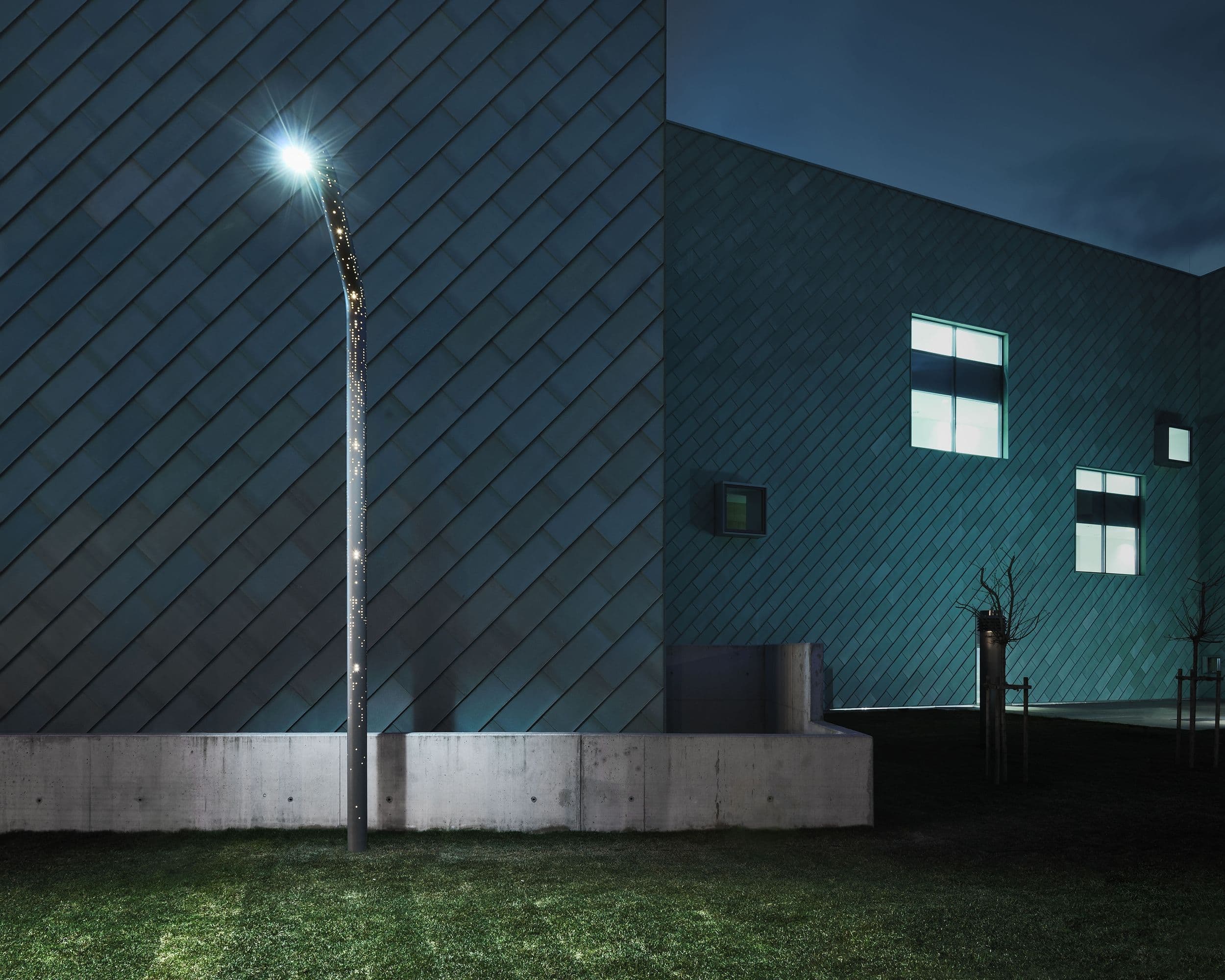
The Alphabet
In this art project, Julien DeSmedt di JDS Architects tried to find out how to adapt a lighting system to a specific location without changing its form elements.
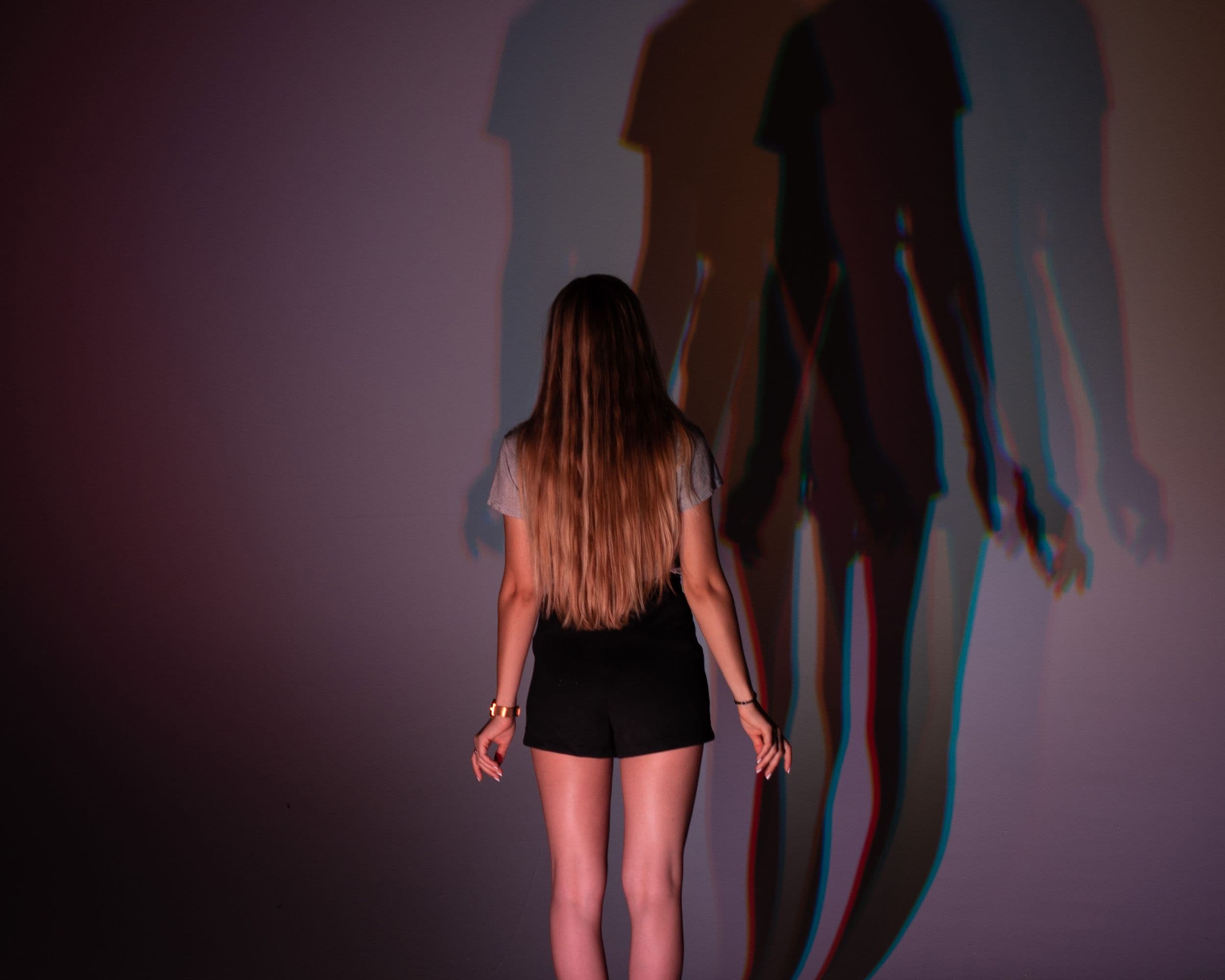
Unibz+ewo l MAGIC
In the summer semester of 2018, ewo developed a series of impressive design ideas in collaboration with the Free University of Bozen-Bolzano.
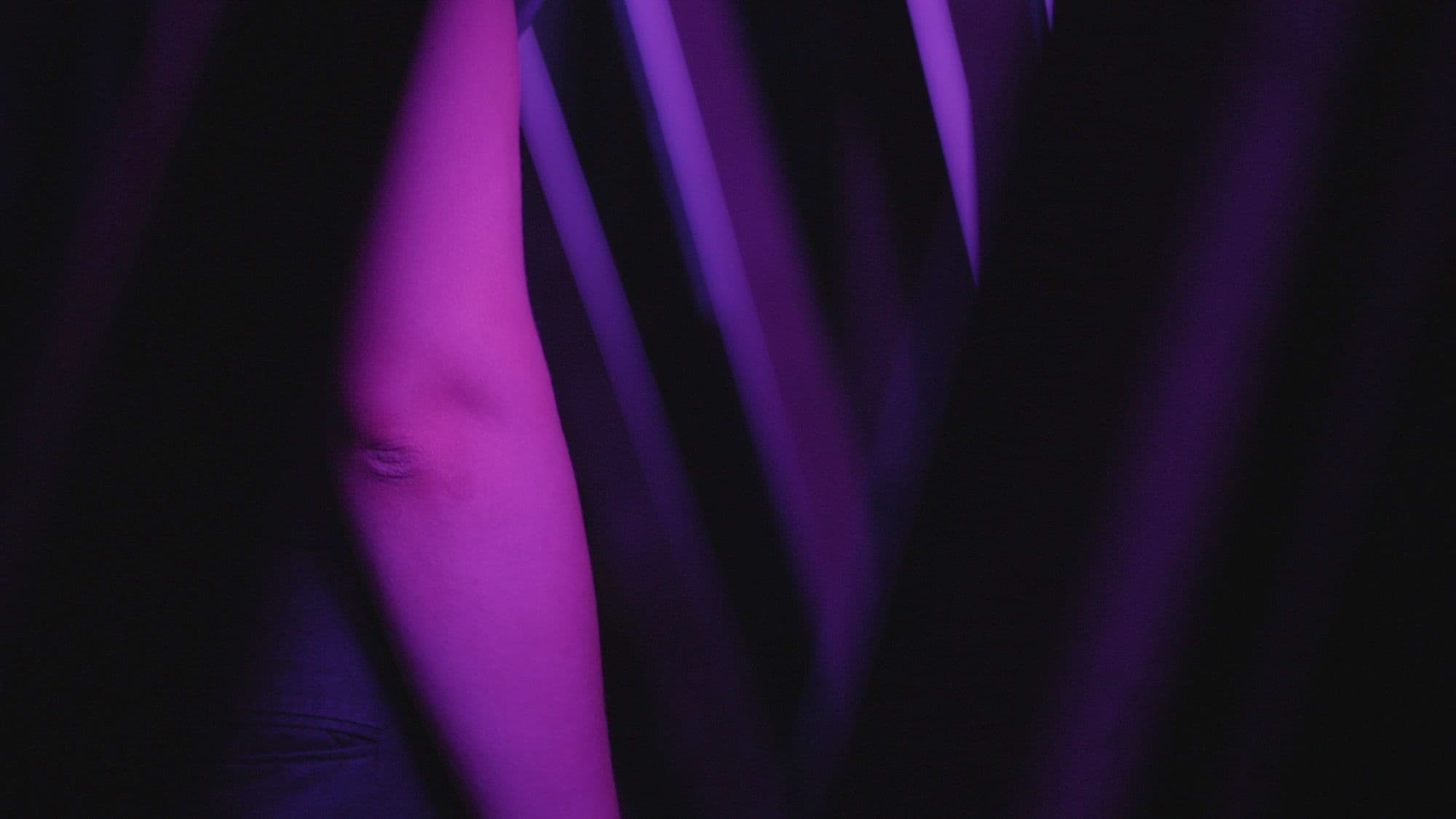
noa* l The Transsensorial Gateway
In 2021, ewo teamed up with the architecture network noa* to explore the relationship between sound, light, movement, and people.
Your vision, our expertise.
Share your project idea with us—we look forward to mastering your challenge.
Get in touch with us!